Water is dominating the headlines (and it's only the second week of 2025)

Huzzah! It's our first newsletter of the new year. We've got a lot of irresistible links for you – and of course a wrap-up of our latest blog content. We also made a nice video about the Lead and Copper Rule that we hope you'll enjoy. But first, here are the stories that have really captured our attention lately....
A teachable water moment?
The top news right now, of course, is that Los Angeles is on fire, with firefighters traveling from around the country to California to help combat the flames. Unfortunately, a lot of misinformation has also been spreading like wildfire about the reasons why Fire hydrants ran dry in Southern California just when they were needed most. Snopes dug into the issue and came to the conclusion that Yes, Some LA Fire Hydrants Ran Out of Water. That's Not the Whole Story, Though.
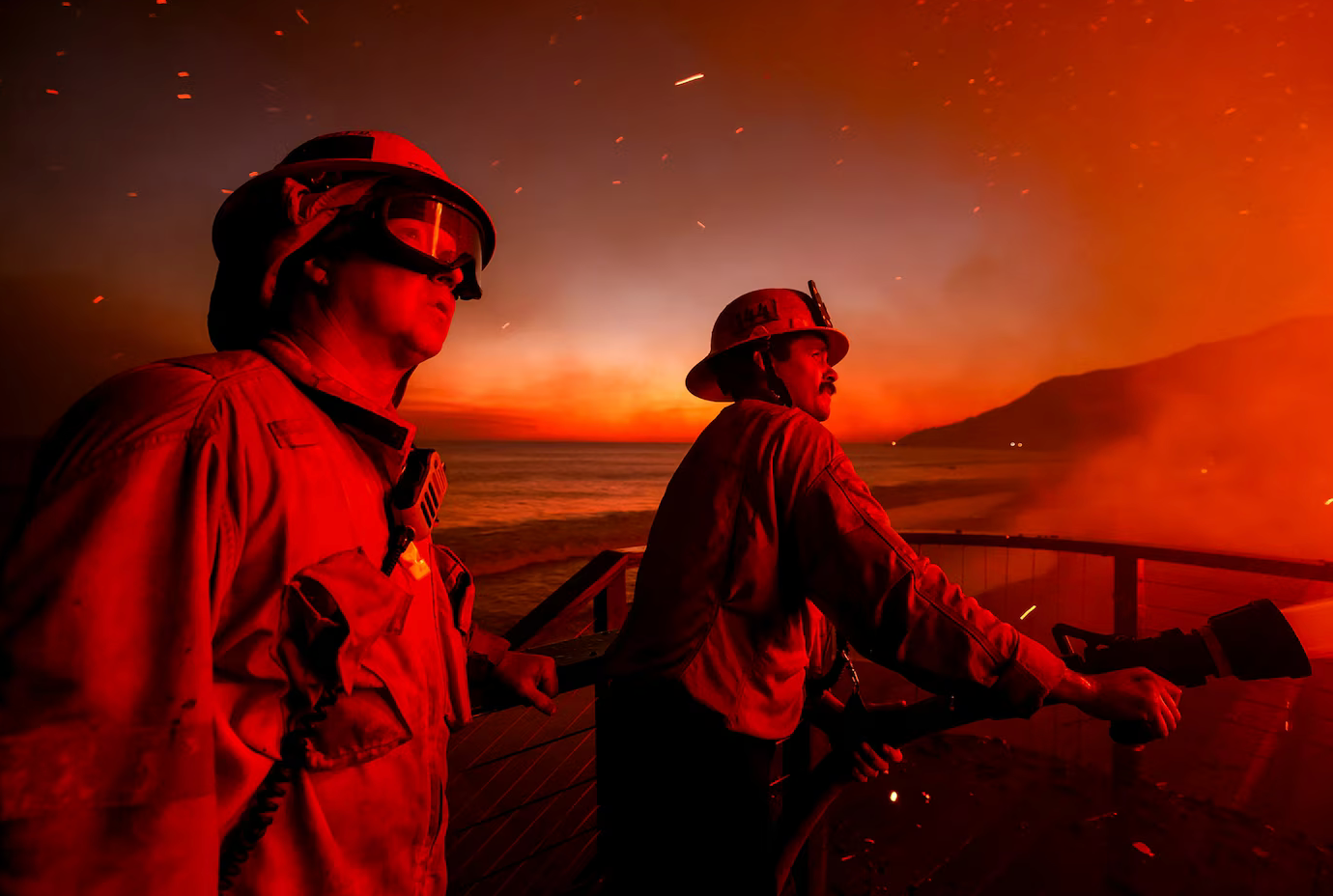

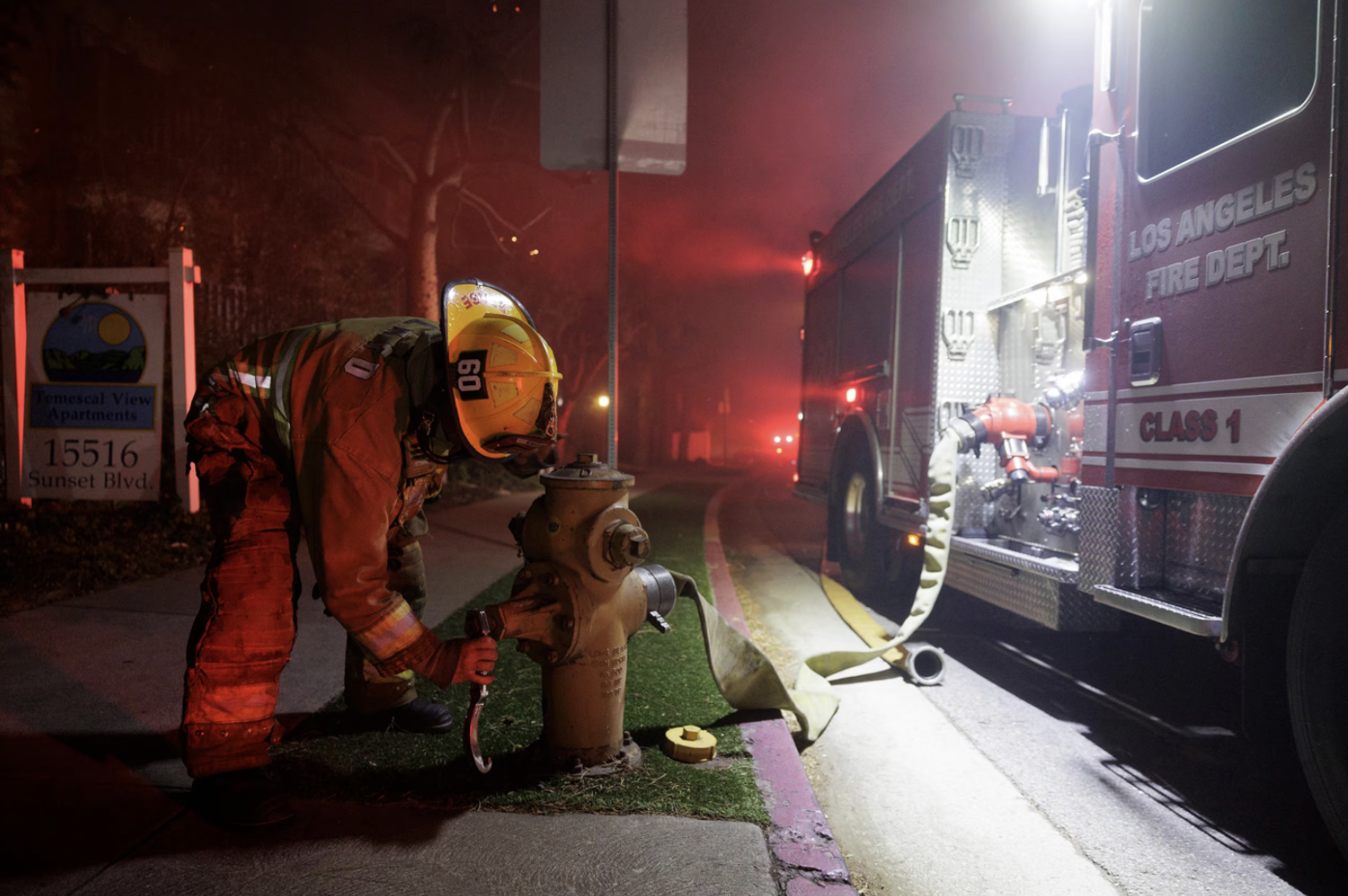
Naturally, National Geographic has some excellent photos of firefighters in action.
As all water professionals know, it's complicated. Janisse Quiñones, head of the Los Angeles Department of Water and Power, said at a news conference that 3 million gallons of water were available when the Palisades fire started but the demand was four times greater than they've ever seen in the system.
One thing that I haven't seen in any of the reporting so far is an explanation of fire flow testing. If you're a water professional, this is your time to shine and teach everyone you know how diligently some hydraulic modelers test fire flow pressure using software simulations so that firefighters can be prepared for emergencies. Furthermore, now is a good time for water professionals to ask themselves how they're preparing for ever-more extreme weather-related disasters like this. Can you model an extreme future? Yes, you can, and these events show that it may be time to push your simulations further to account for more extreme extremes.
Tapping into Hadrian's aqueduct
Dating to the 2nd century AD, Hadrian’s Aqueduct supplied Athens with water for centuries. Its 15-mile underground network still runs beneath the city, and is now being tapped as non-potable water for washing and gardening to help conserve drinking water. Read about Athens’s New Answer to a Water Supply Crunch: An Ancient Aqueduct.
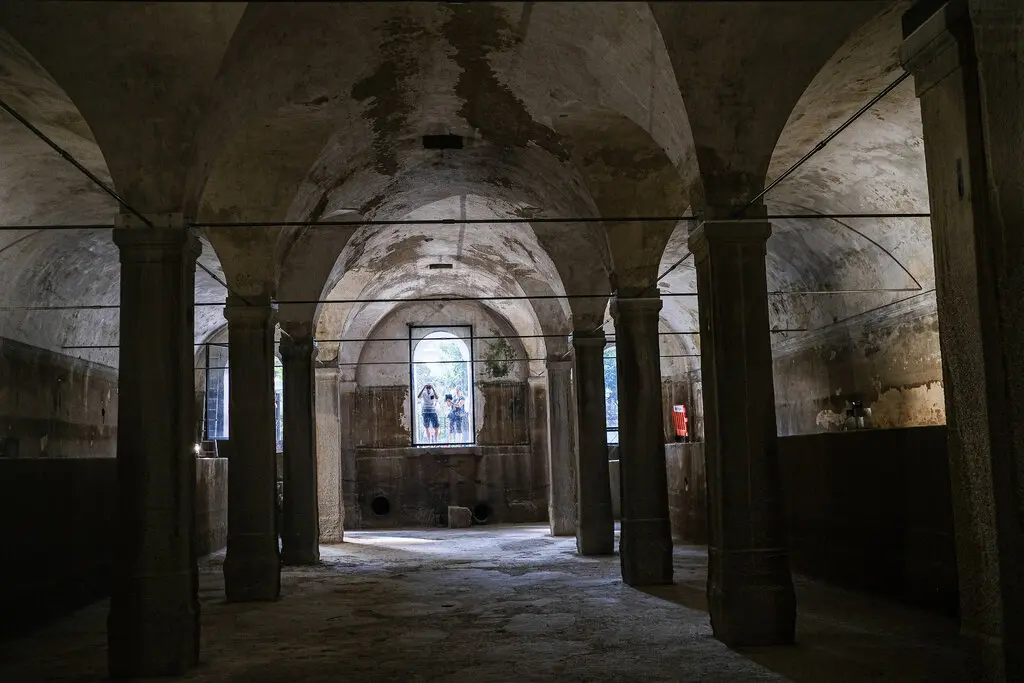
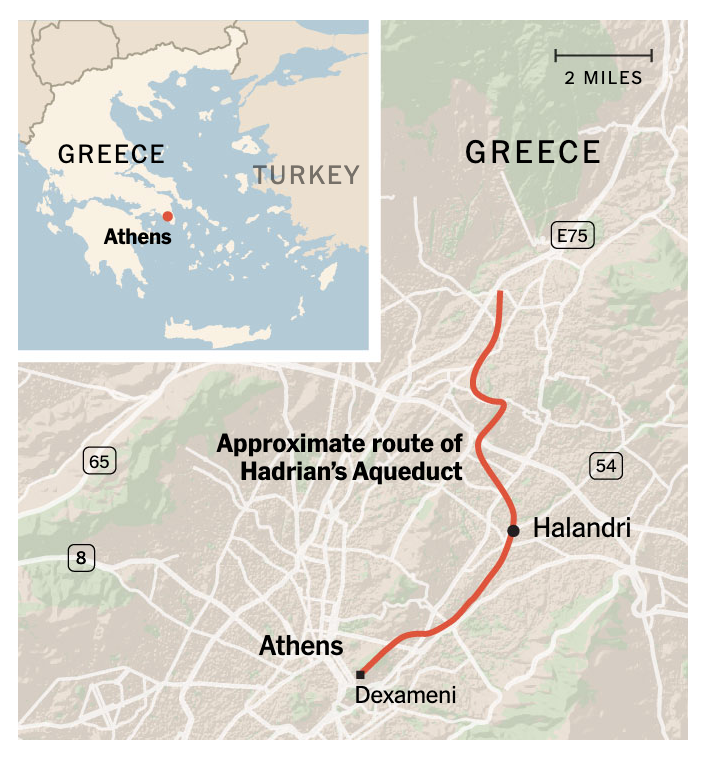
The slow creep of saltwater
Saltwater intrusion is becoming a problem in the US. This is the third year in a row that saltwater from the Gulf of Mexico has crept up the Mississippi River, which used to only happen once per decade. The US Army Corps of Engineers can help, but ultimately the responsibility for providing clean water and curbing contamination falls on local water utilities, who must invest in expensive reverse osmosis systems. The Mississippi Free Press tackles the issue in As Saltwater Flows Up the Mississippi River for a Third Year, the Region Looks for Permanent Solutions. Be on the lookout out for more stories like this in 2025. It creeps up and can suddenly become a crisis.
Enlisting cybernetic bivalves for water quality duty
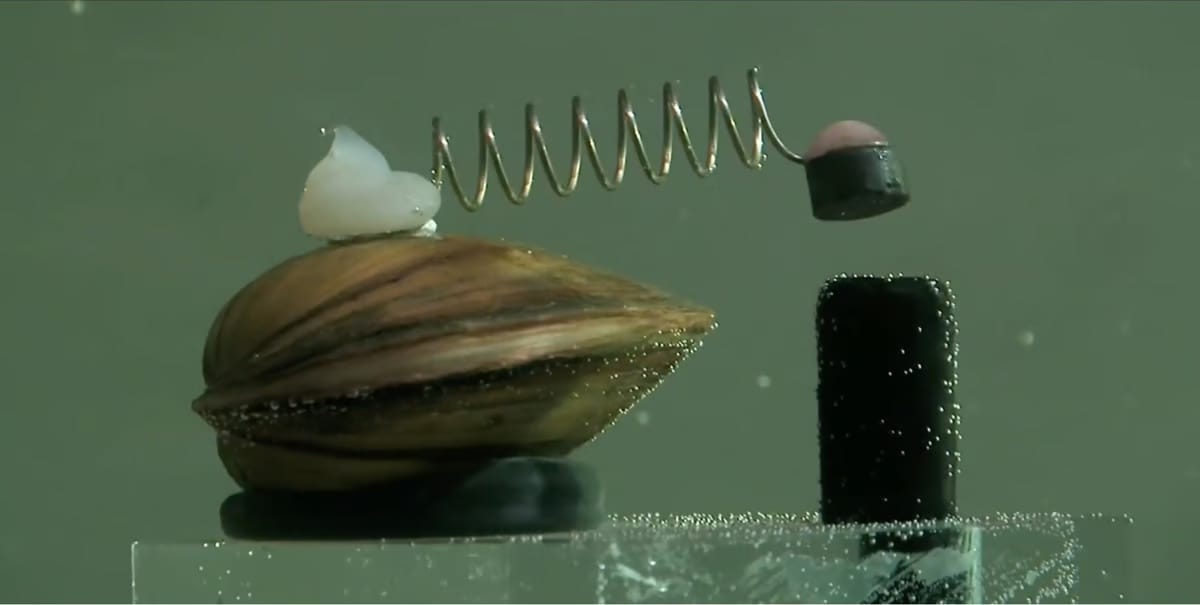
Eight mussels with sensors hot-glued to their shells have been enlisted to work together with a network of computers to watch over Poznań, Poland's water supply. If the waters are clean, the mussels stay open and happy. But when water quality drops too low, they clam up, closing their shells, which shuts down the water supply of millions of people. While it might sound crazy, it's true: Eight Clams Control This Polish City’s Water Supply.
Sustainable city projects make us smile
We stumbled on this lovely article about sustainability in action: ‘A place for kids to play and a place to store water’: the stormwater capture zone that is also a playground.
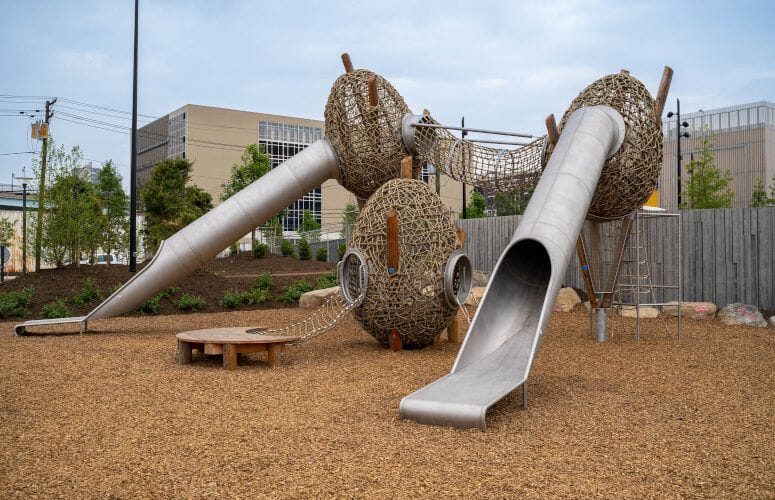
“It’s a park, stormwater pumping station, the whole thing,” Stratton said during an interview at the park while a cluster of summer campers squealed on a playset nearby. “This is all the strategies mixed up into one, and just being aggressive toward both improving the community and then addressing the flood risk.” In addition to the underground stormwater detention tank, which holds 1m gallons of water, Stratton said above-ground infrastructure including rain gardens could hold a million more. An above-ground pump can also send water back into the Hudson.
(This reminds us of our absolute favorite story about dual-purpose stormwater catchments, Jacobs engineered a SuDS-friendly, sustainable, flood-resistant amphitheater for Sidmouth. It’s beautiful. Reader, if you see other stories like this, please hit us up on LinkedIn so we can share them.)
Is water becoming a political football?
- No right to clean water: Although 83% of voters in Titusville, Florida approved a 2022 initiative establishing the right to clean water, the city couldn’t enact it because of a 2020 state law preventing local government from giving rights to bodies of water, plants, and animals: Floridians have no right to bodies of water ‘free of pollution,’ appeals court rules.
- No labs left: People in the water industry are calling it a “Brexit problem” because EU countries will share laboratory capacity from 2026, meaning that if the UK was still in the EU, water companies would be able to use products that passed tests on the continent. But UK rules mean products have to be tested in a certified lab, of which there are now none, either in the UK or abroad: ‘Brexit problem’: UK tap water safety at risk after testing labs shut down.
- Western water right talks dammed up: "It’s worrying that there is a widening chasm between the sides. We are running out of time, and we’re no closer to much of anything at this point than at the beginning:” ‘Zero progress’: Western states at impasse in talks on Colorado River water shortages.
Things that make you go 'Hmmmm'

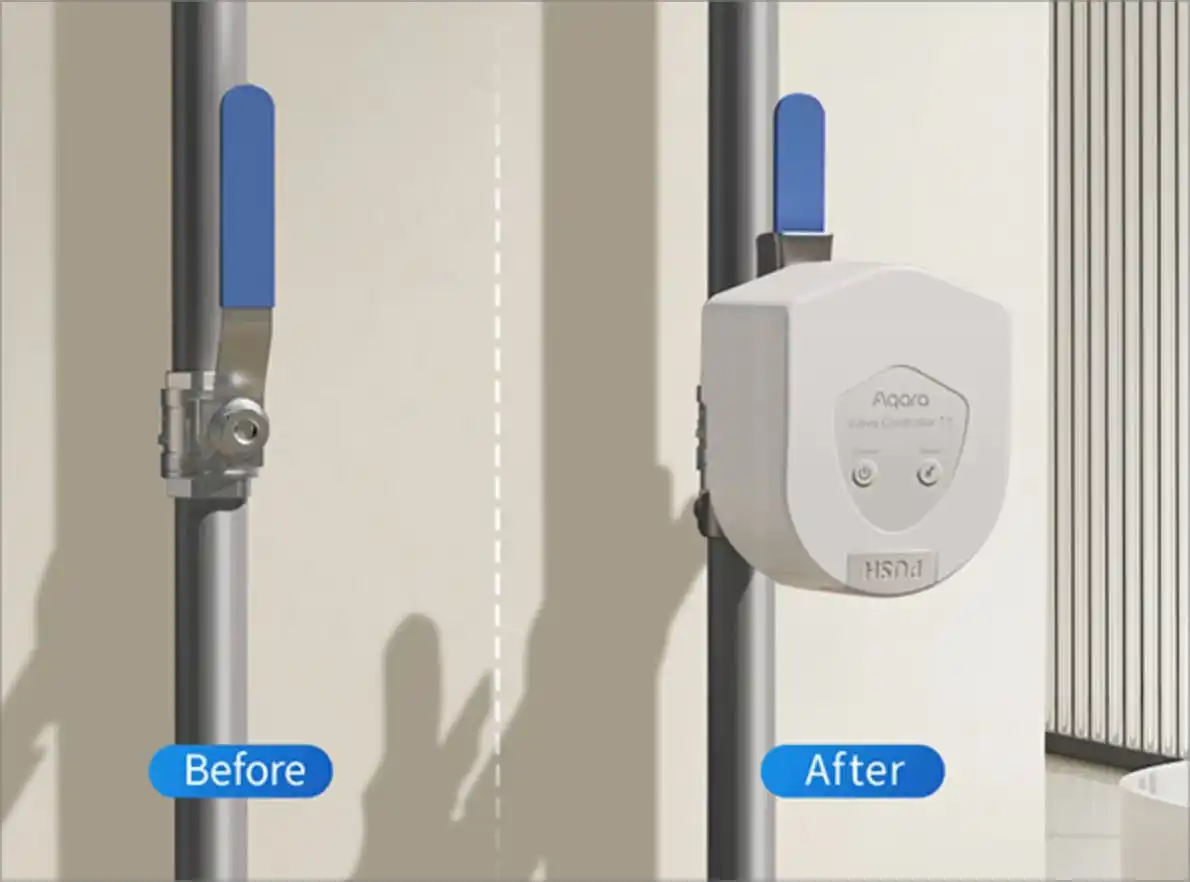
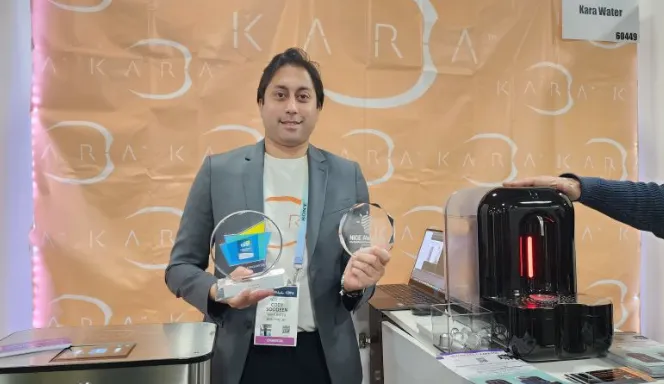
- Water Bottles for the Ultra-Rich: "Fillico Jewelry Water bottles (300 euros per bottle) are at the top of the most expensive water charts. This prestige is not due to the liquid in the bottles: the key lies in the packaging."
- Saudi Arabia halts major desalination project: "Saudi Arabia has decided to cancel a seawater desalination project worth $317 million." No explanation offered.
- Just unveiled at CES: The Kara Pod is a Coffee Machine That Refills Itself by Pulling Water from Thin Air. "According to Sooden, the Kara Pod will start shipping in March for $299."
- Back from the dead: the ‘zombie’ ponds repumping nature into Essex farmland: "Reviving old ponds is burgeoning across Britain thanks to the pioneering pond restoration work of Carl Sayer, a professor of geography at University College London, who has identified 8,000 “ghost” ponds – completely obliterated but identifiable via old maps."
- Aqara unveils a new valve controller to help prevent major water damage during leaks: Whether you’re out of town or want peace of mind while you're asleep in the night, you can now alleviate the fear of water damage with a new device that smart home systems can monitor and control.
- Alien Water Hyacinth is Lethal for Lakes–But it’s Being Turned into Biodegradable Plastic Bags and Plant Pots: "The most invasive species on Earth is not a mouse or boar, but the water hyacinth. As long as the hyacinth is destroying the livelihood of the fishermen, HyaPak offers to pay them for as much hyacinth as they want to collect. It’s then dried, processed, and turned into biodegradable alternatives to single-use disposable plastic products like wrappers, straws, tumblers, and party plates."
40-year water conundrum solved
You've probably heard the advice that when cleaning your house, you should never mix chlorine and ammonia. Some US water utilities actually treat water in this way on purpose because one of the by-products of this mixing, chloramine, purifies water for a longer period and across long distances. In fact, according to the EPA, nearly 1 in 5 Americans drink water that has been treated with chloramines.
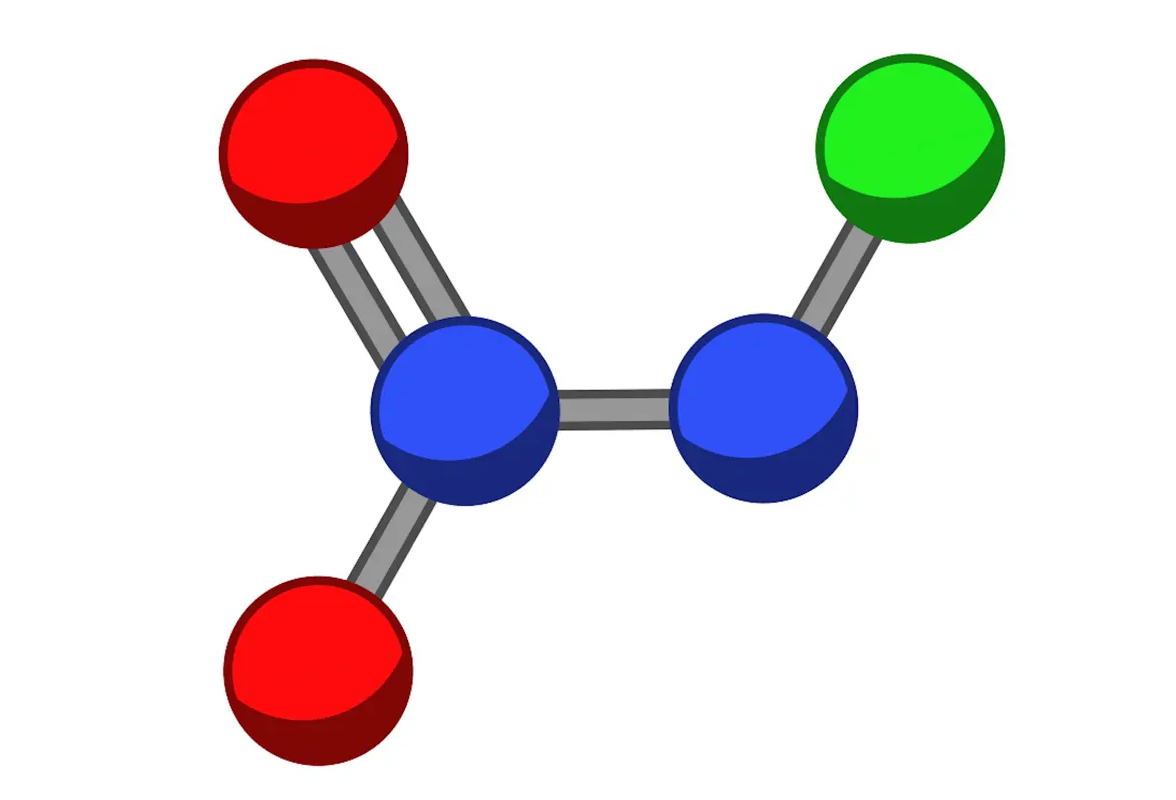
But there's always been a question about what other by-products might be emerging from this combination of chemicals. Now, international researchers have figured out the makeup of a "phantom chemical" called chloronitramide anion over 40 years after it was first discovered. This Scimex article from down under is a good summary, and it has some nice expert reactions from Australian chemists to help us try to understand what it all means: 'Phantom chemical' in drinking water revealed decades after its discovery
The ancient city that mastered water
The Primal Space YouTube channel modeled the entire Alhambra Palace in Granada, Spain to show how they accomplished enormous underground water engineering feats in medieval times, including thermally heated floors and a fountain that kept time. Seriously impressive.
The promise and unexpected peril of solar pumps
Solar pumps are spreading rapidly among rural communities in water-starved regions across India, Africa, and elsewhere, allowing farmers to tap underground water all day long at no charge, without government scrutiny. But hold on a second.
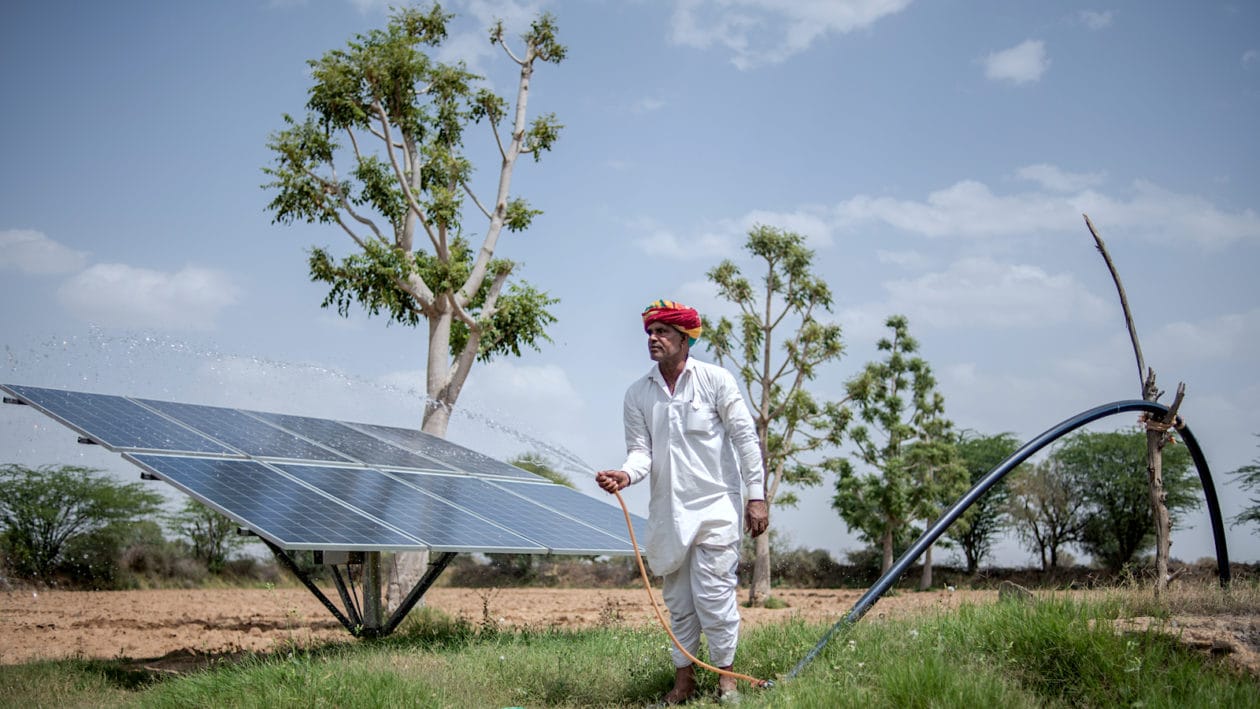
That's great news for farmers, but it has a worrisome side effect: They're already emptying underground aquifers: How a Solar Revolution in Farming Is Depleting World’s Groundwater.
Is the appeal of raw water half-baked?
Spring water aficionados who believe untreated water – or 'raw water' – contains enriching minerals that are removed from tap water during the purification process are traveling long distances to fill up from a copper-pipe tap sticking out of the side of a hill north of San Francisco. "Ryan Gonzalez, 44, says that he has been drinking the 'miraculous water' from Red Rock Spring for a decade, and that it has made his dreams more vivid and made him feel more resilient against illness."
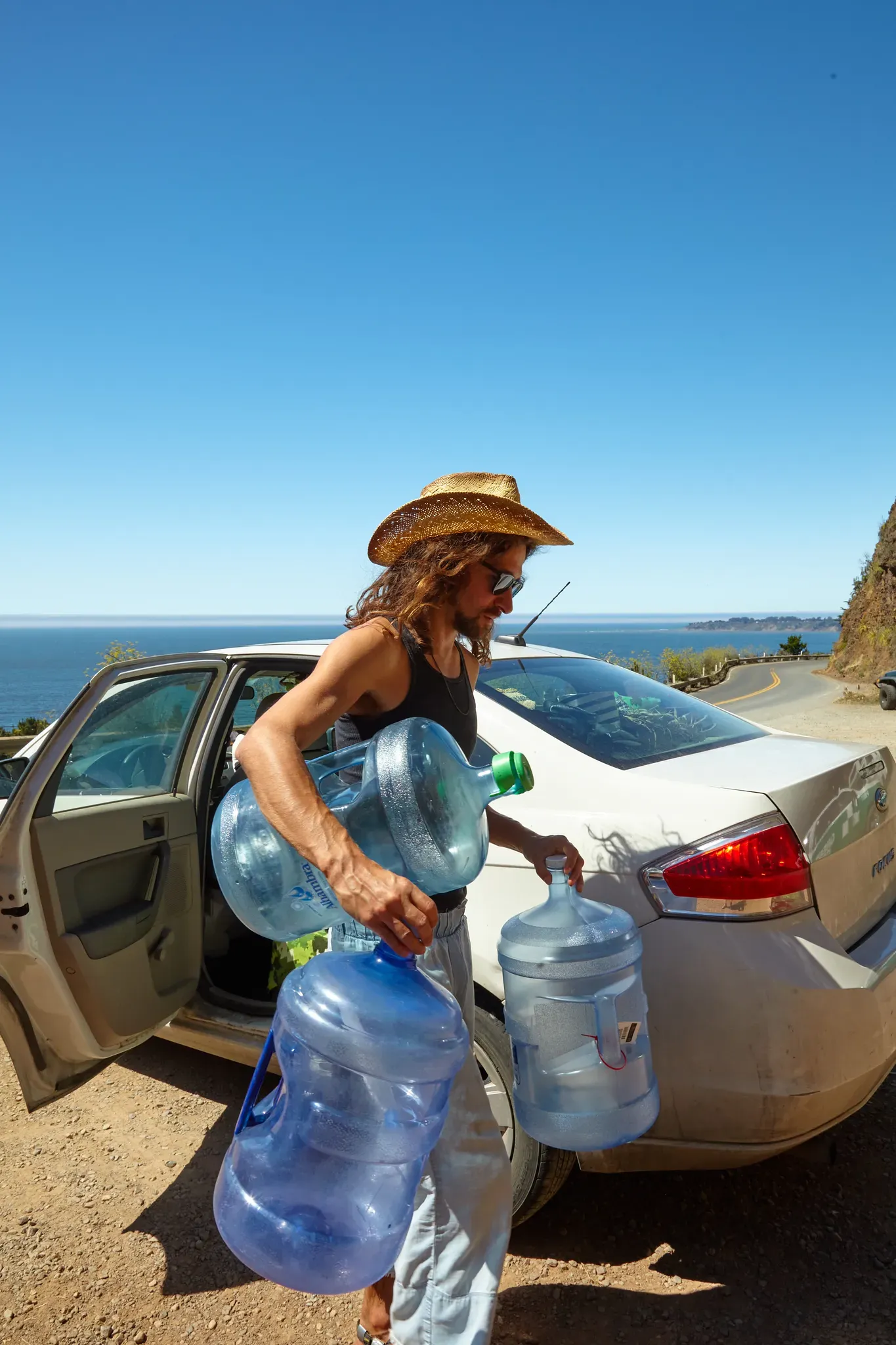
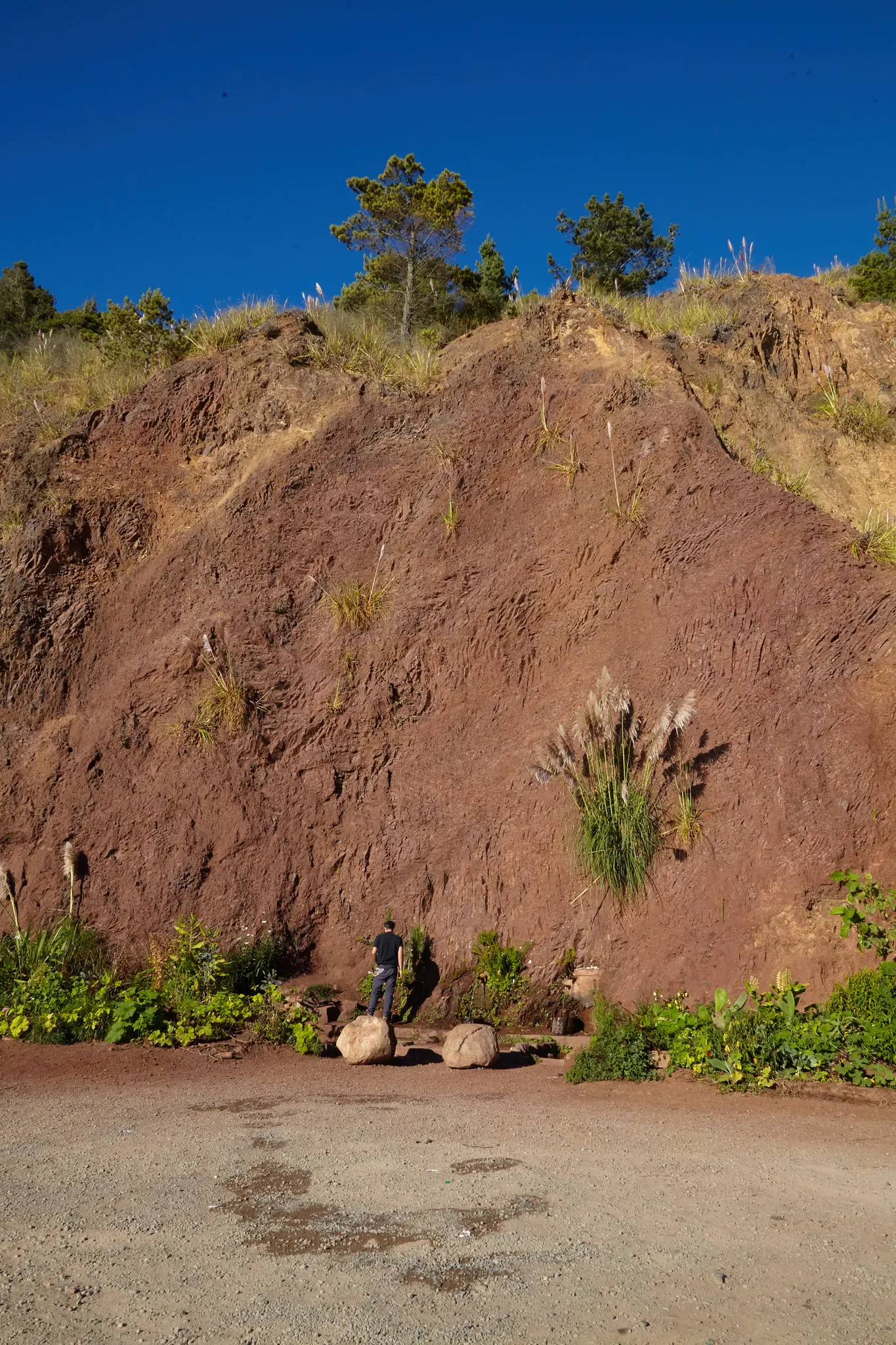

Many of the spring’s die-hard fans are part of the so-called 'health freedom movement', which opposes government public health interventions, including vaccine mandates, pasteurized milk, and fluoridated water. But Daniel McCurry, a water quality expert at the University of Southern California, has a warning: “The idea that ‘just because something is natural is automatically good for you’ is inherently flawed. There’s all kind of stuff that’s perfectly natural that can make you very sick.” Read For Those Who Don’t Trust Tap, There’s ‘Raw Water’
Our increasingly plasticized world
The alarm about PFAS began ringing loudly last year, and you won't hear those alarms stop in 2025. It's going to be a challenge for water professionals to stay on top of PFAS developments. The most recent news: The EPA Adds Nine Additional PFAS to the Toxics Release Inventory.
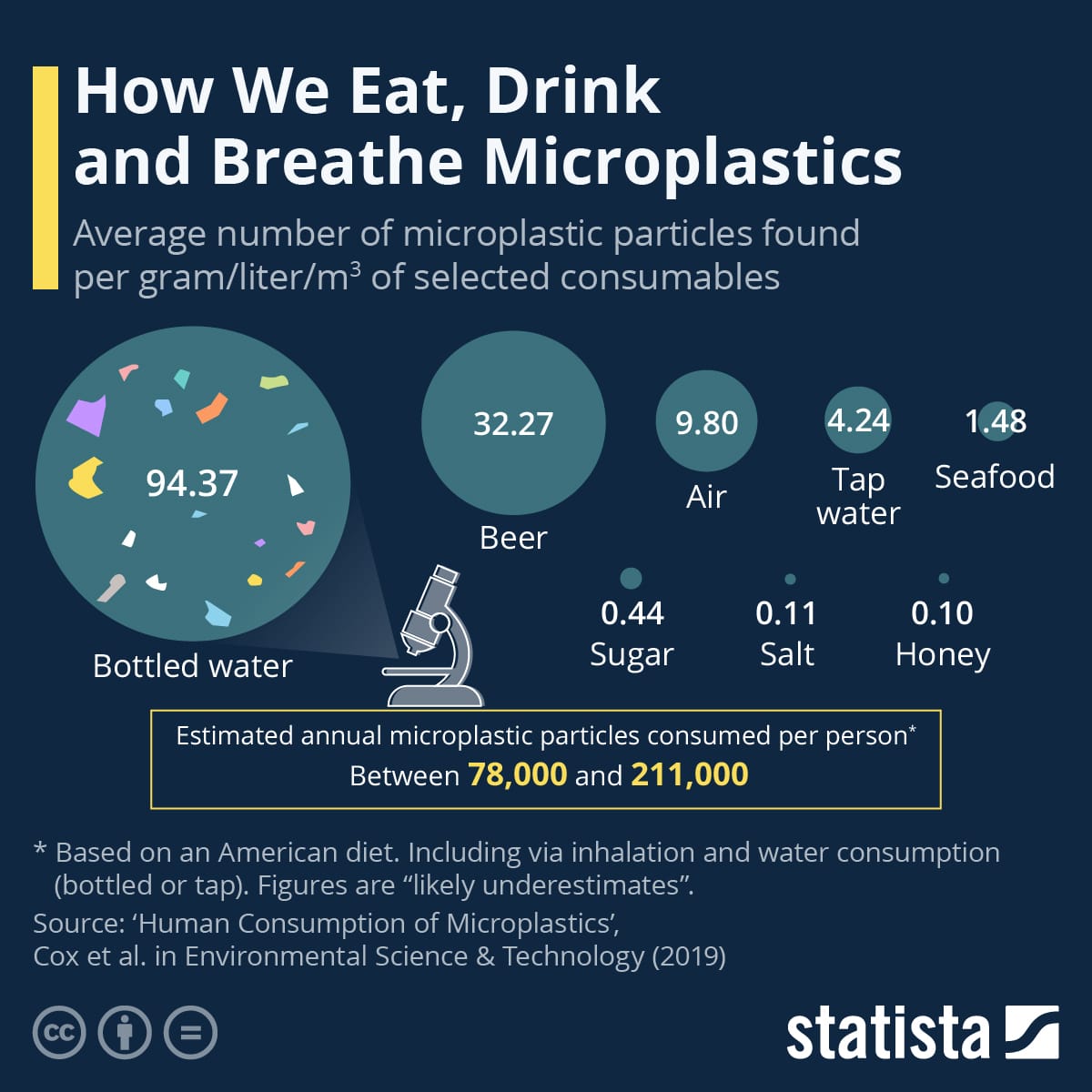
Lead in schools with no lead pipes?
How can it be?? Even though lead pipes are gone, schools are still testing positive. The unexpected culprit: faucets. Even schools that were built after lead pipes were discontinued are having this problem because they have had lead fittings installed in some locations without even realizing it.
We've been following the Revised Lead and Copper Rule developments closely (see below) and if there's one thing we've learned, the devil really is in the details when it comes to lead. As the EPA says, service lines of unknown status must be treated as "presumed lead until proven otherwise." While fixing this is going to be a lot of work for water professionals, it's nice to see everyone going deep to find the smallest bits of lead in their systems. The best side effect of all this work is that it will go a long way to improving the inventory of underground assets that have for too long been hidden.
From the One Water Blog
That's it for the link drops. On to our latest blog content...
Using your 'Lead and Copper Rule' data
Speaking of lead, US water utilities have spent the past 3 years counting their pipes for the Revised Lead and Copper Rule, but have they incorporated that data into their yearly CIP plans? We put together a video for our asset management software customers to encourage them to get the absolute most out of this data and incorporate it into ongoing infrastructure projects. 👇
If collecting all of this lead-pipe data was one of the largest asset management tasks your water utility has performed in the last decade or more: Congratulations! While it may not have been easy to collect, that data is a valuable resource – and perhaps a historic opportunity. Make the most of it. Capitalize on this edict from the EPA and make this an inflection point for dramatically improving your asset management practices so that you’re always incorporating new data and using it to its full potential by tying it directly into your ongoing CIP planning.
Read more about the Lead & Copper Rule: How smart asset management software can help get the lead out, which includes a map and tables that highlight which states in the US have the most lead pipes to rip out.
10 years later, new challenges emerge
Back in 2012, Black & Veatch surveyed water professionals, ranking the most important challenges facing the industry. A decade later, they did it again and found there are 3 new challenges to tackle.
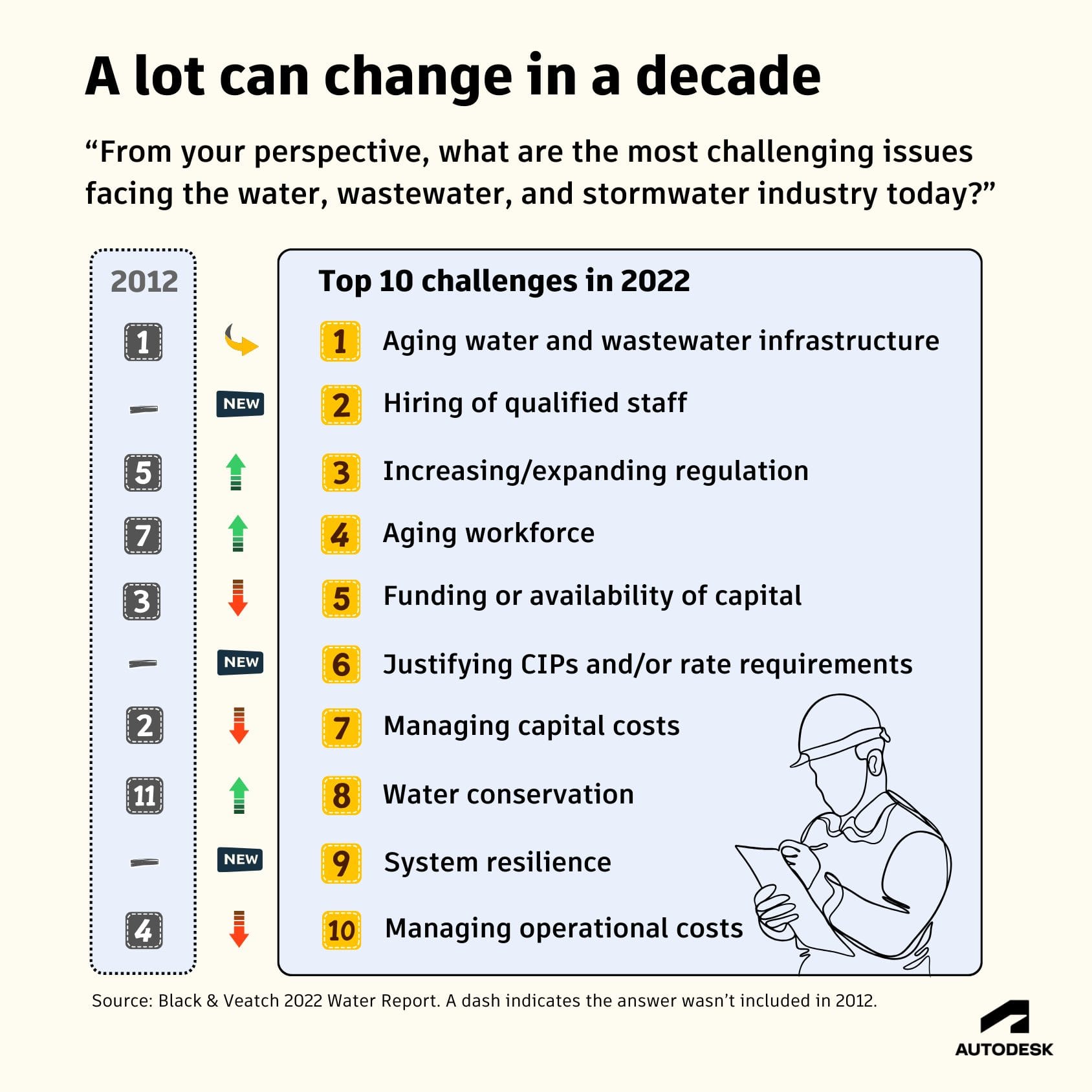
Why is digital adoption diverse and disjointed? Will AI and Machine Learning help speed up the digital transformation? Trevor English dives deep into the subject of digital transformation in the water sector and concludes: The path to digital transformation in water infrastructure is becoming more clear.
Using hydraulic modeling data in asset management
Also on the One Water Blog, Patrick Bonk and Martha Nunez ask the question: Do your asset managers use hydraulic modeling data? Here’s why they should – and how to do it.
Now that you can bring InfoWorks ICM results directly into Info360 Asset, asset managers can use this data to assess system capacity issues, evaluate LoF and CoF, and identify critical storm durations that impact the sewer and drainage network. This data-driven approach enables you better formulate your risk analyses and prioritize CIP more effectively, focusing on areas with the highest risk and potential impact.
The latest product updates
- InfoWorks 2025.5: Good news: You can now copy results from a run in a cloud database to a transportable database. Previously, if you wanted to share results with approving authorities or reviewers, you had to pass the model without the results and ask the authority to re-run the model – a time consuming, tedious, and annoying process when involving non water stakeholders. But no longer! Read about Risk Analysis Runs for cloud and copying cloud simulation results in InfoWorks ICM 2025.5
- InfoDrainage 2025.4: When it comes to hydraulic modeling, our goal as professionals is to model our networks and systems as accurately and as close to reality as we can. With the latest release of InfoDrainage 2025.4, that just got easier thanks to Land use and soil type incorporated into sub-catchments in InfoDrainage 2025.4.
- InfoDrainage 2025.5: Troubleshooting is an annoying necessity of hydraulic modeling. Why couldn’t my model just work right the first time!? We feel your pain, and we want to make the model troubleshooting process easier with the new Simulation Health Reporting now available in InfoDrainage 2025.5.
The Civil 3D + InfoDrainage workflow
Our customers who use InfoDrainage for drainage design and analysis alongside Civil 3D for highway design don’t suffer from a manual and fragmented workflow because the apps are specifically integrated to work together and share the same data. This is especially helpful for USDOT projects, which follow very specific guidelines.
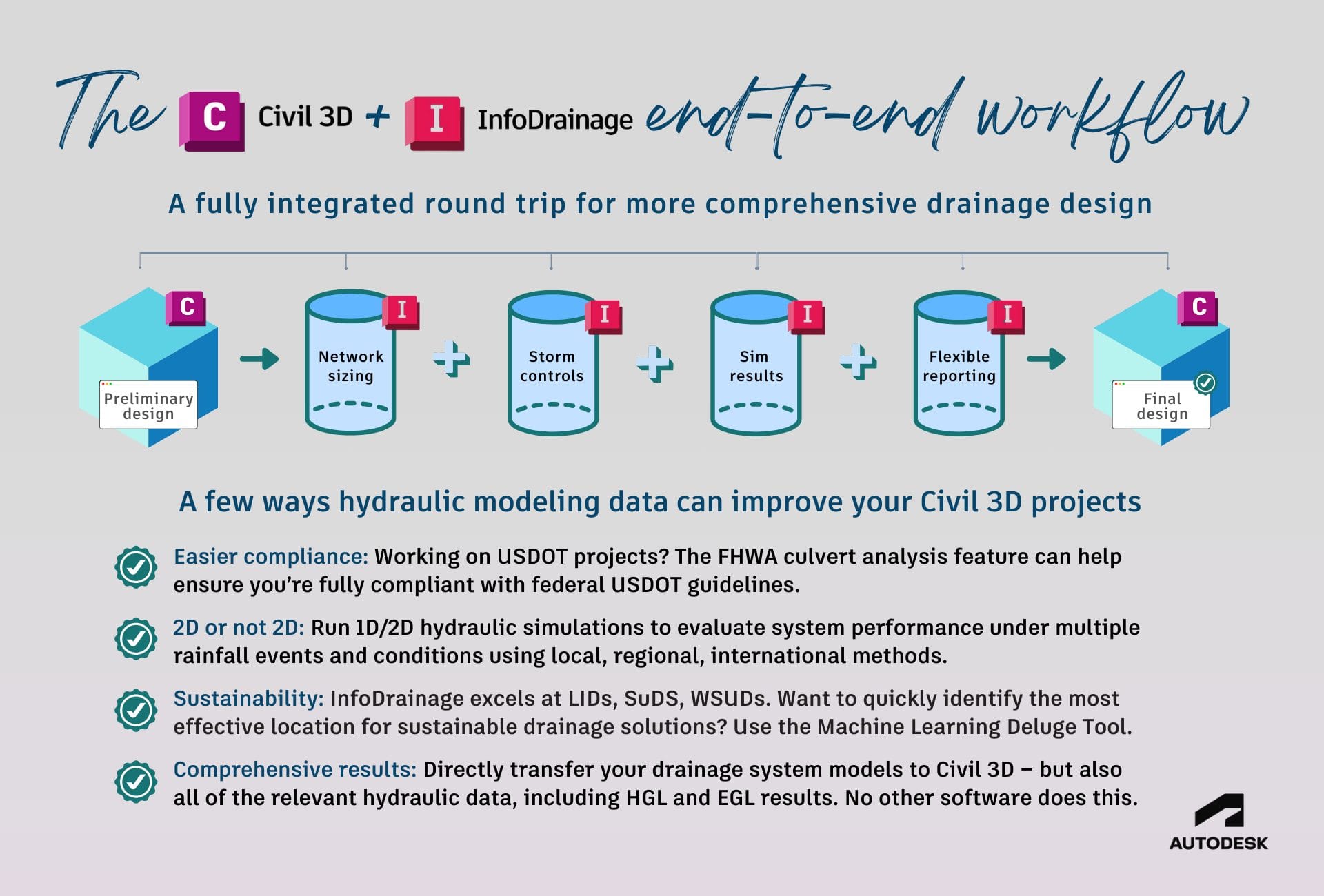
We often say that if you use both InfoDrainage and Civil 3D, you can go from civil design to hydraulic analysis – and back to design again – within one seamless ecosystem. Trevor English explains it all in Integrated highway design with the Civil 3D + InfoDrainage end-to-end workflow.
Stalwart sentinels that save lives
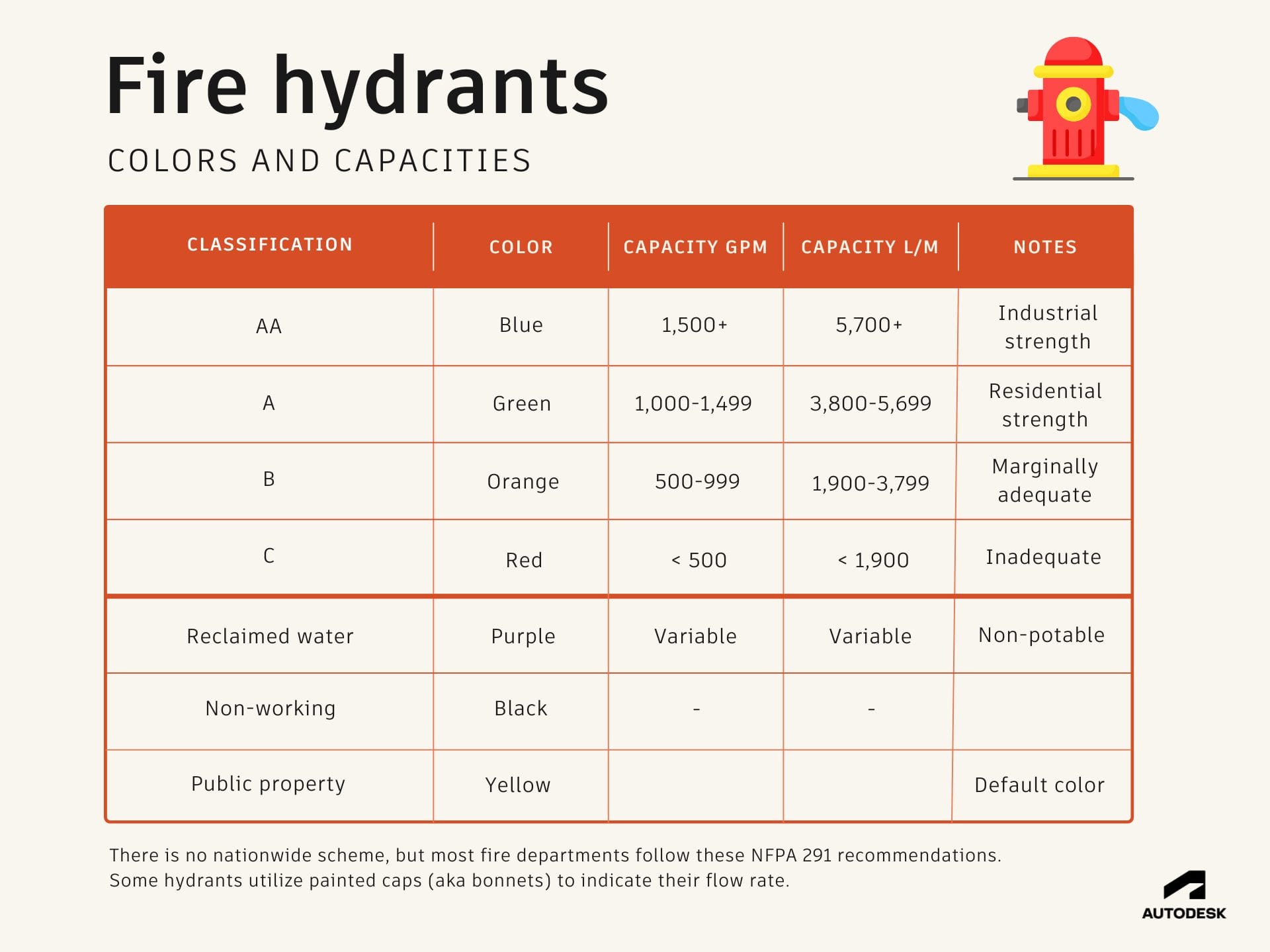
Called fireplugs, fire pumps, johnny pumps, or just fire hydrants, these life-saving pipe fittings shave been around since 1801. Their designs vary by country of origin, but they usually have a connection point to hook up a fire hose and a nut or bolt to turn that will start the water flow. Trevor English answers a few common questions about wet/dry barrels and drops a nice explainer video: How do fire hydrants work? Why are they sometimes different colors?
New e-book: 'Five Steps to O&M Efficiency'
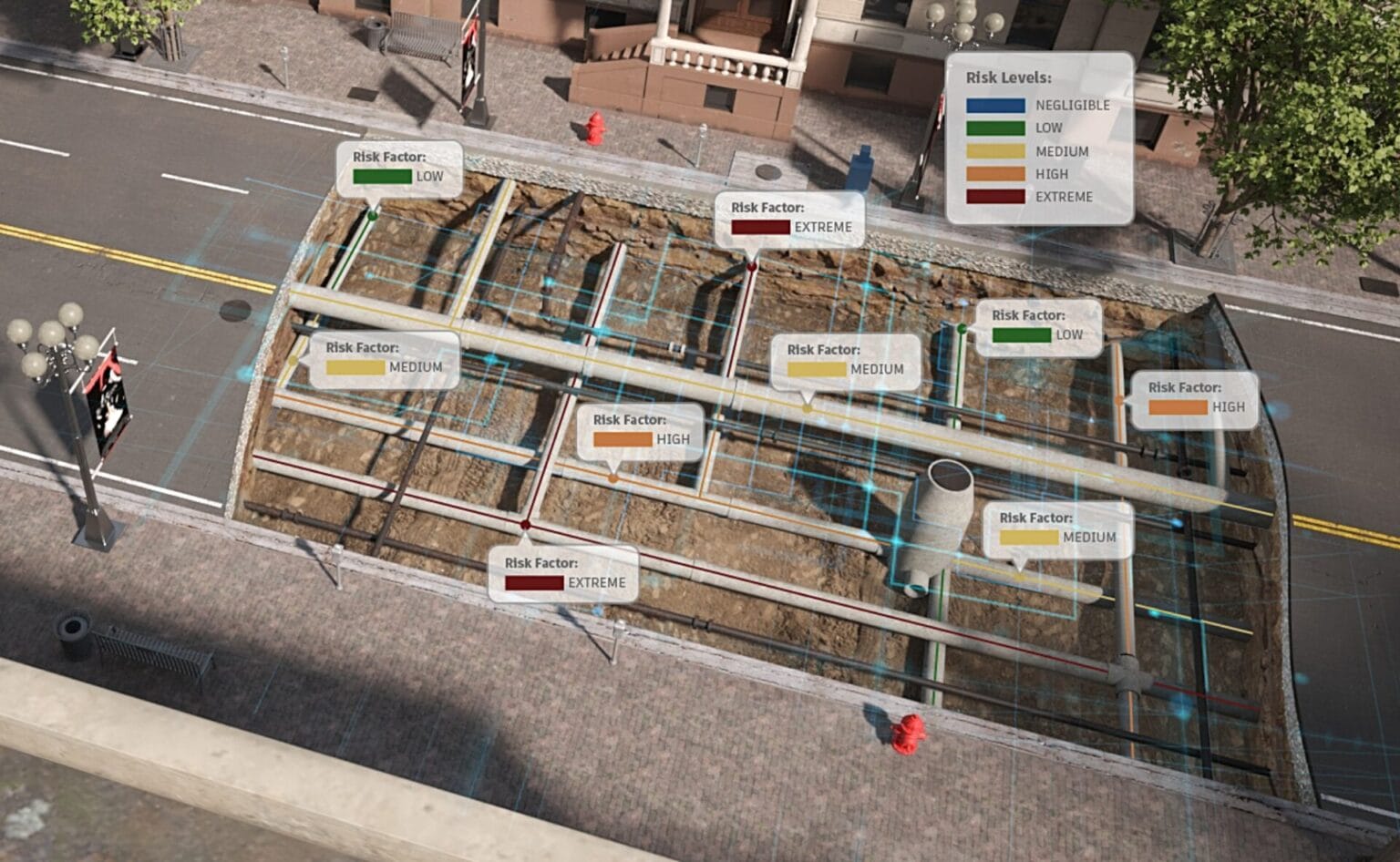
Patrick Bonk and Mahtab Barazandeh show you how to Unlock the potential of operations and maintenance with digital transformation in our new Autodesk e-book 'The Five Steps to O&M Efficiency'.
Our webinars are popping off
Our most recent webinars have been jam-packed lately. Why are they so popular? I think it's because we have some especially engaging hosts who aren't marketers (like me) but actual engineers and water professionals who have years of experience to share – and they're very good at sharing it.
One of our three upcoming webinars is about AI
We've got three more webinars coming up soon, and lots of people have already signed up, but since these are virtual events, there's no shortage of space - so come one, come all:
- January 15 (noon EST): The Role of Autodesk AI in Advancing the Water Industry
- January 22 (1 pm EST) Comprehensive Water Distribution Modeling for the U.S. and Canada Using InfoWorks WS Pro
- January 28 (11 am EST) How BIM workflows can be leveraged for smarter integrated water management with Autodesk
Can't make it? Sign up anyway and we'll send you a link after the event.
Doing our best to make every link matter.
